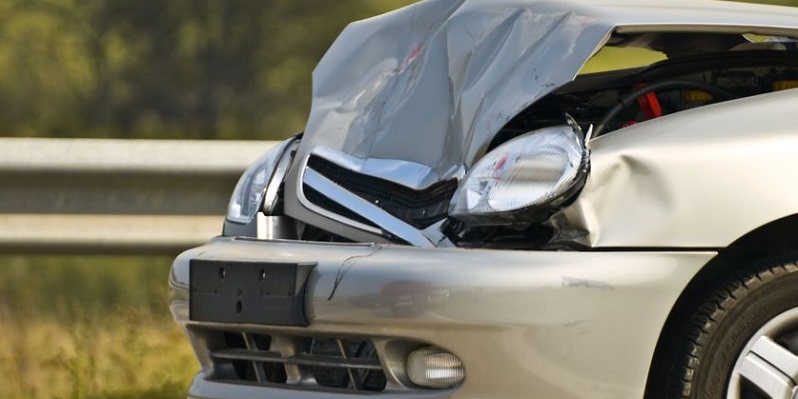According to federal health officials, every day nine people are killed, and more than 1000 are injured, due to auto accidents involving a distracted driver. Colorado officials note that in this state, 40 vehicle crashes occur daily due to distracted driving.
How Self-Driving Cars Still Fall Prey to Distracted Driving
Self-driving vehicles are currently being tested by manufacturers and their engineers for commercial, and eventually, public use. The recent auto accident involving an Uber self-driving car and a pedestrian sadly resulted in the death of the woman struck by the autonomous vehicle in Tempe, Arizona. While the accident is still under investigation, this incident has certainly put the topic of autonomous vehicles back in the headlines, and in this case, not in a good light.
Much More Needs to Be Done to Improve Autonomous Tech
According to news articles, the big question behind this vehicle accident is whether it was due to a technical error or human error, more specifically, distracted driving. Though the vehicle was in autonomous mode, there was a safety driver in the car that was supposed to be alert by having her hands near the wheel and looking around as if she were driving the car. Instead, video shows this safety driver looking down just before the accident as if distracted by something. Distracted driving is dangerous behavior and one of the major causes of driver and pedestrian roadway accidents. According to federal health officials, every day nine people are killed, and more than 1000 are injured, due to auto accidents involving a distracted driver.
Colorado is not immune to the problem. In our state, 40 vehicle crashes occur daily due to distracted driving. In 2016, 67 lives were lost in crashes that officials say were due to a distracted driver. Drivers younger than 20 are the most prone to distracted driving; the main cause of distracted driving remains electronic devices, such as cell phones. And, considering that it’s estimated that 660,000 people a day drive while using a cellphone should be of concern to everyone. It cannot be stressed enough; distracted driving kills, and it is one of the possibilities being investigated in the recent Uber crash.
What’s Next for the Uber Autonomous Car?
According to a March 23 news story, Uber’s autonomous vehicle program was having some problems and was lagging behind another company that is also testing self-driving vehicles in real-life situations. Waymo, which took over the autonomous project from Google, is also testing an autonomous car, and it was reported that Waymo’s vehicles were able to drive nearly 5,600 miles before needing any human intervention to avoid an accident. Uber, on the other hand, was not even meeting its target of 13 miles before some intervention was needed. Now, testing for the Uber autonomous vehicle has been halted, and there’s no date on when testing will resume.
Uber isn’t the only one who has had issues with testing. Automaker Tesla has also had several of its autonomous vehicles crash. One researcher working on autonomous vehicles says he believes there are two main causes for crashes. The first reason he points to are the sensors on the vehicles and the inability to detect everything that is happening around the vehicle. The second problem he notes has to do with the vehicle computer software and those who wrote the software not preparing for every possible scenario, including errors that occur when other drivers are at fault.
The technology for self-driving cars is advancing, and it appears that autonomous vehicles are here to stay. However, this latest accident highlights the need for more stringent testing and stricter safety features to ensure that this technology is creating vehicles that are safe on the road.

